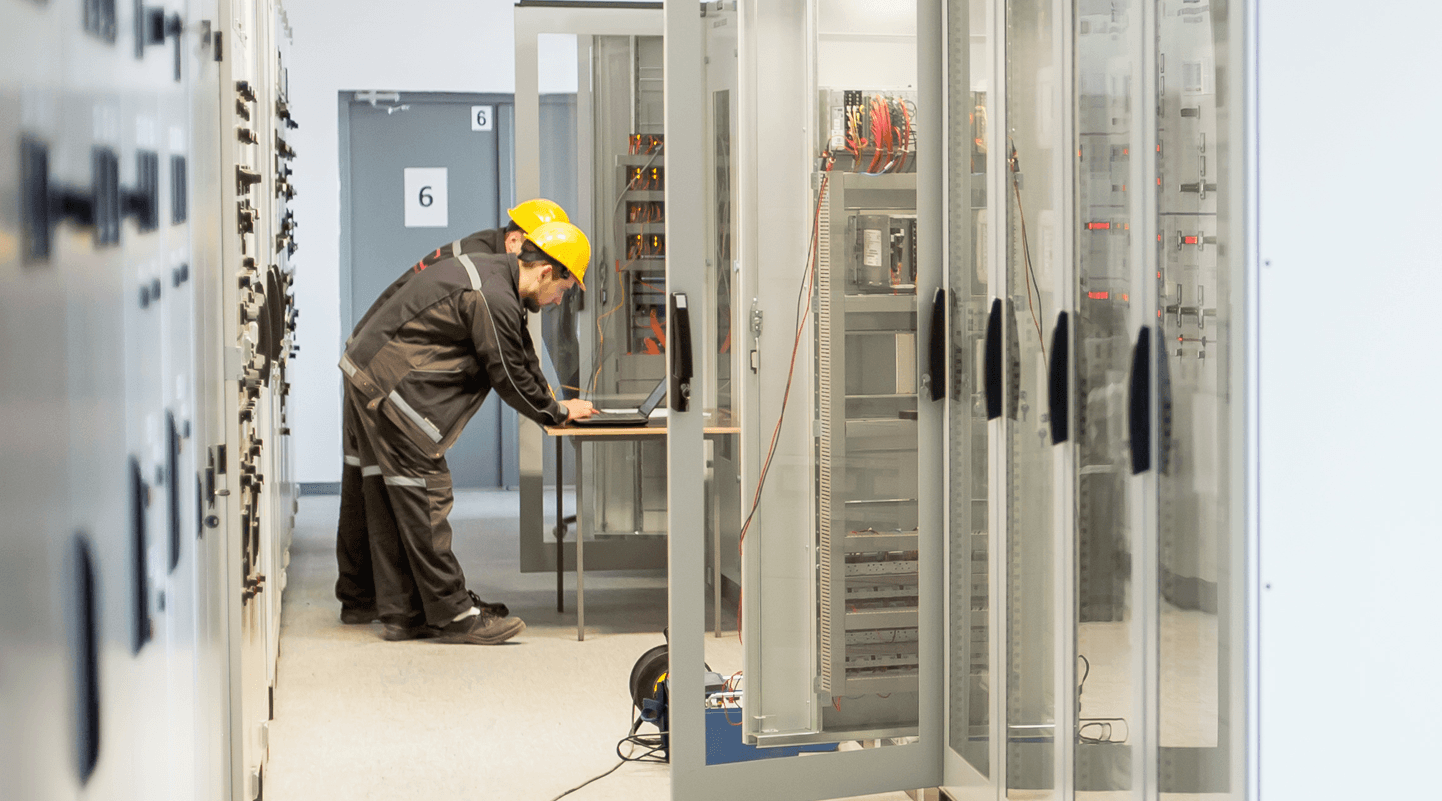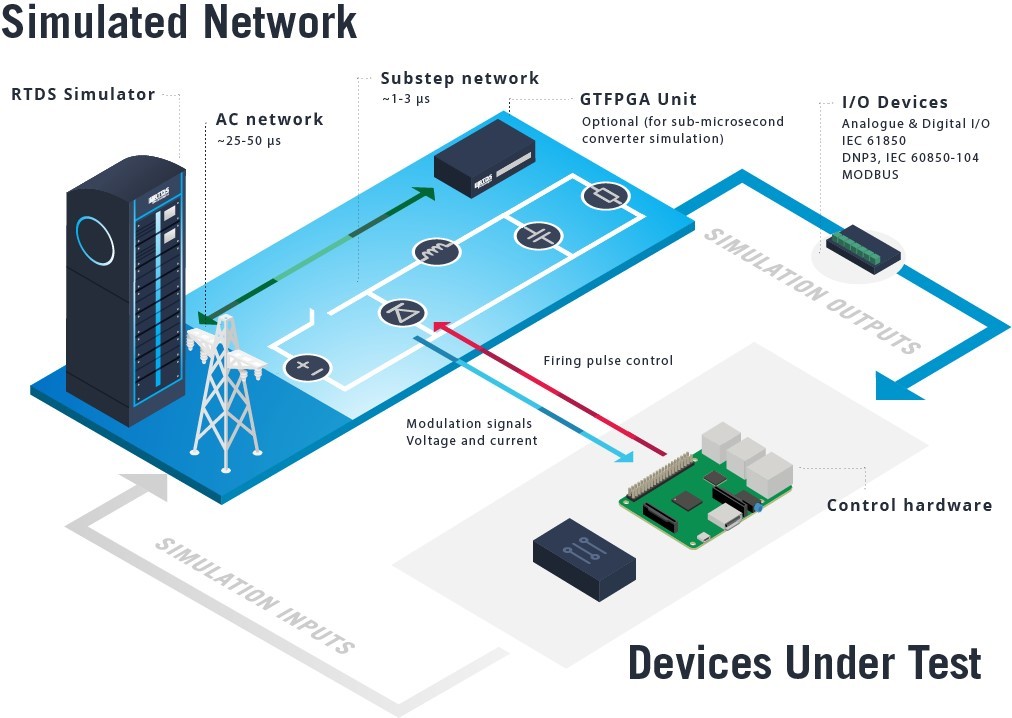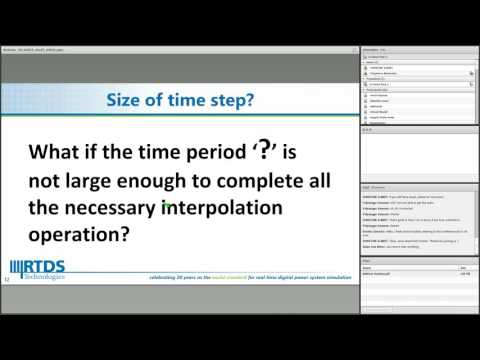POWER ELECTRONICS HIL
RTDS
Power Electronics HIL
Price on Request
Product specifications
| SKU | RTD-POWER ELECTRONICS HIL |
|---|---|
| Manufacturer | RTDS |
Documentation
Please use the icons below to download any files related to this item. We aim to have the datasheet and/or catalog available.



